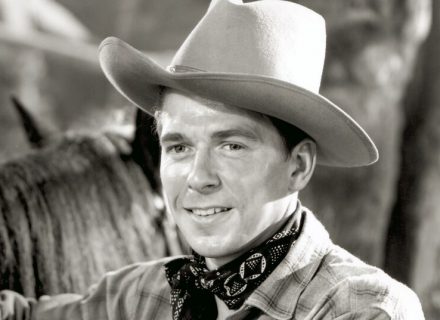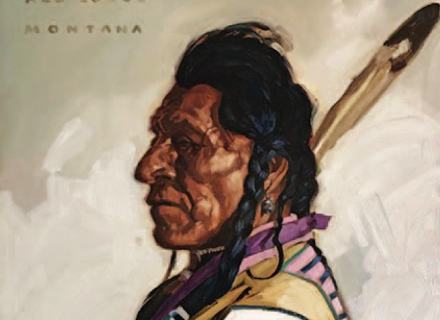Presidents can plan, but Congress acts. These are some of the most influential pieces of legislation affecting the West — for good or ill.
Indian Removal Act (1830)
President: Andrew Jackson
By 1840, the act that empowered the federal government to force Native Americans from tribal lands had moved tens of thousands from homes in the Southeast. The wholesale relocation, often by foot, to “Indian Territory” in the West resulted in the Trail of Tears tragedy, which covered 5,043 miles across nine states and claimed thousands of lives.
Homestead Act (1862)
President: Abraham Lincoln
Congress encouraged mass settlement of the frontier by allowing any American, including freed slaves, to put in a claim for up to 160 free acres of federal land. Millions moved West. Not coincidentally, the act became effective the same day the Emancipation Proclamation was issued, making January 1, 1863, perhaps the most consequential legislative date in U.S. history.
Pacific Railway Act (1862)
President: Abraham Lincoln
Providing federal support for the First Transcontinental Railroad revolutionized Western life. “Furthermore, it ensured California and potentially Oregon would not spin off into a separate, independent country as they were tempted to do when the South seceded,” says historian H.W. Brands. With the railroad, the California journey from points east that might have taken six months would take less than six days.
Newlands Reclamation Act (1902)
President: Theodore Roosevelt
This law authorizing the federal government to commission water diversion, retention, and transmission projects transformed the West’s vast arid tracts. “These big irrigation projects, and eventually hydroelectric projects, that were necessary to make the desert bloom, as was the language of the time, required federal money and federal ability,” Brands says.
Antiquities Act (1906)
President: Theodore Roosevelt
Initially passed to prohibit looting and desecration of Native American lands, the act gave the president authority to establish national monuments on lands of historic or scientific interest. Under it, Roosevelt established Devils Tower in Wyoming as the first national monument, later adding Grand Canyon National Monument (now Grand Canyon National Park) and New Mexico’s Gila Cliff Dwellings. Bears Ears in Utah and Muir Woods in California are among the more than 150 national monuments created under the act.
National Interstate and Defense Highway Act (1956)
President: Dwight Eisenhower
Eisenhower’s call for a “modern, interstate highway system” in his 1956 State of the Union address led to the largest public-works program in U.S. history. Its 46,876 miles of road, 55,512 bridges, and 14,756 interchanges transformed the nation, particularly in the West, where travel times between great distances were dramatically reduced by the expanded infrastructure.
Wilderness Act (1964)
President: Lyndon Johnson
This landmark legislation now protects 111 million acres of wilderness across the country, prohibiting roads, vehicles, and permanent buildings in some of America and the West’s most iconic and pristine wildlands and landscapes. Some of the earliest areas of conservation include Minnesota’s Boundary Waters Canoe Area Wilderness, Wyoming’s Bridger Wilderness, Montana’s Bob Marshall Wilderness, and California’s Ansel Adams Wilderness.
Alaska National Interest Lands Conservation Act (1980)
President: Jimmy Carter
Regarded as the most sweeping wilderness-protection act ever approved by Congress, the bill created 79.54 million acres of refuge land in Alaska, paving the way for numerous national parks, national forests, national wildlife refuges, and national preserves.
For more from the July 2020 presidents package …
Theodore Roosevelt
Presidents and the West
Presidents and Native Peoples
Presidential Places
Photography: Images courtesy Creative Commons
From our July 2020 issue.

















